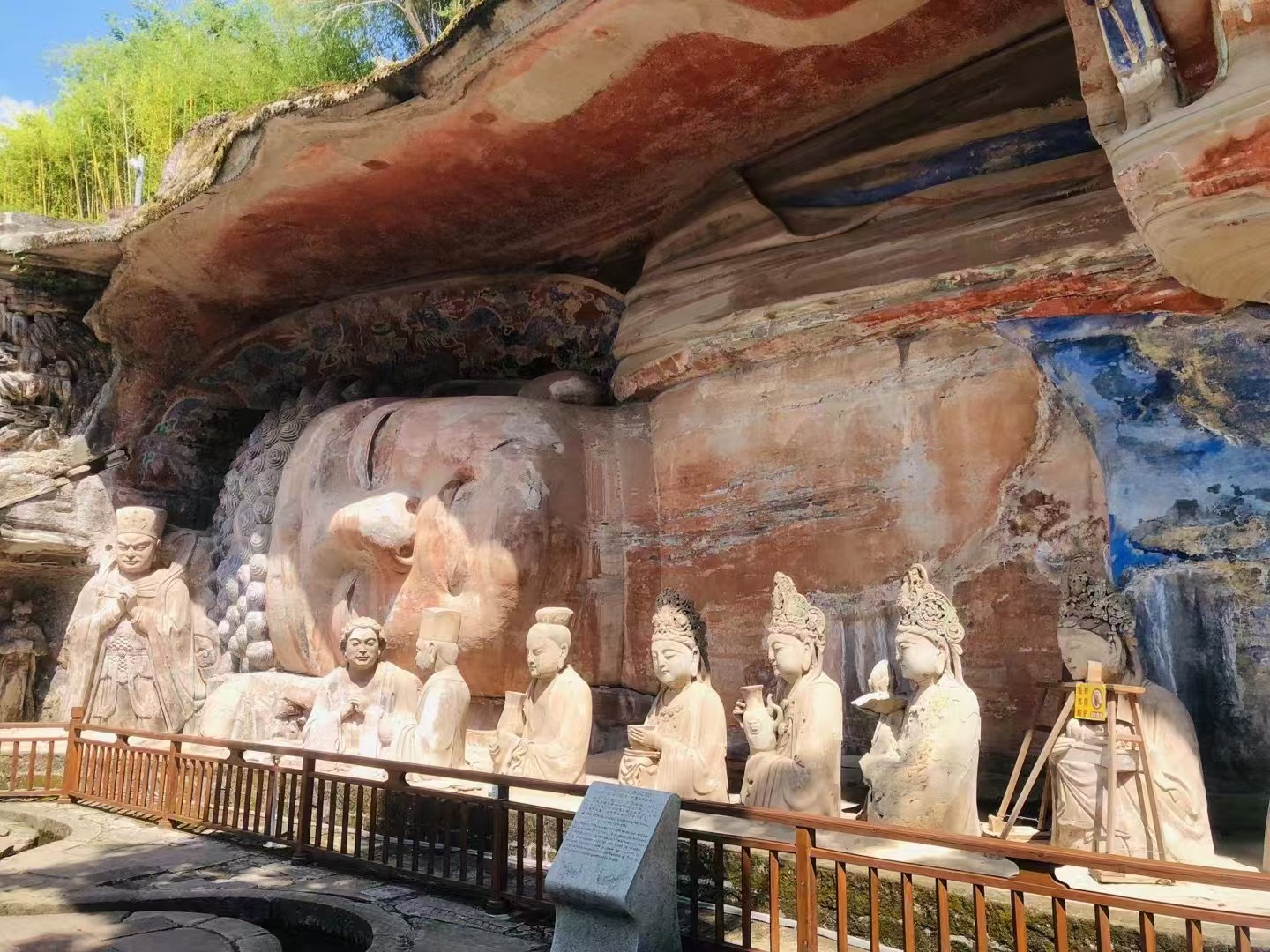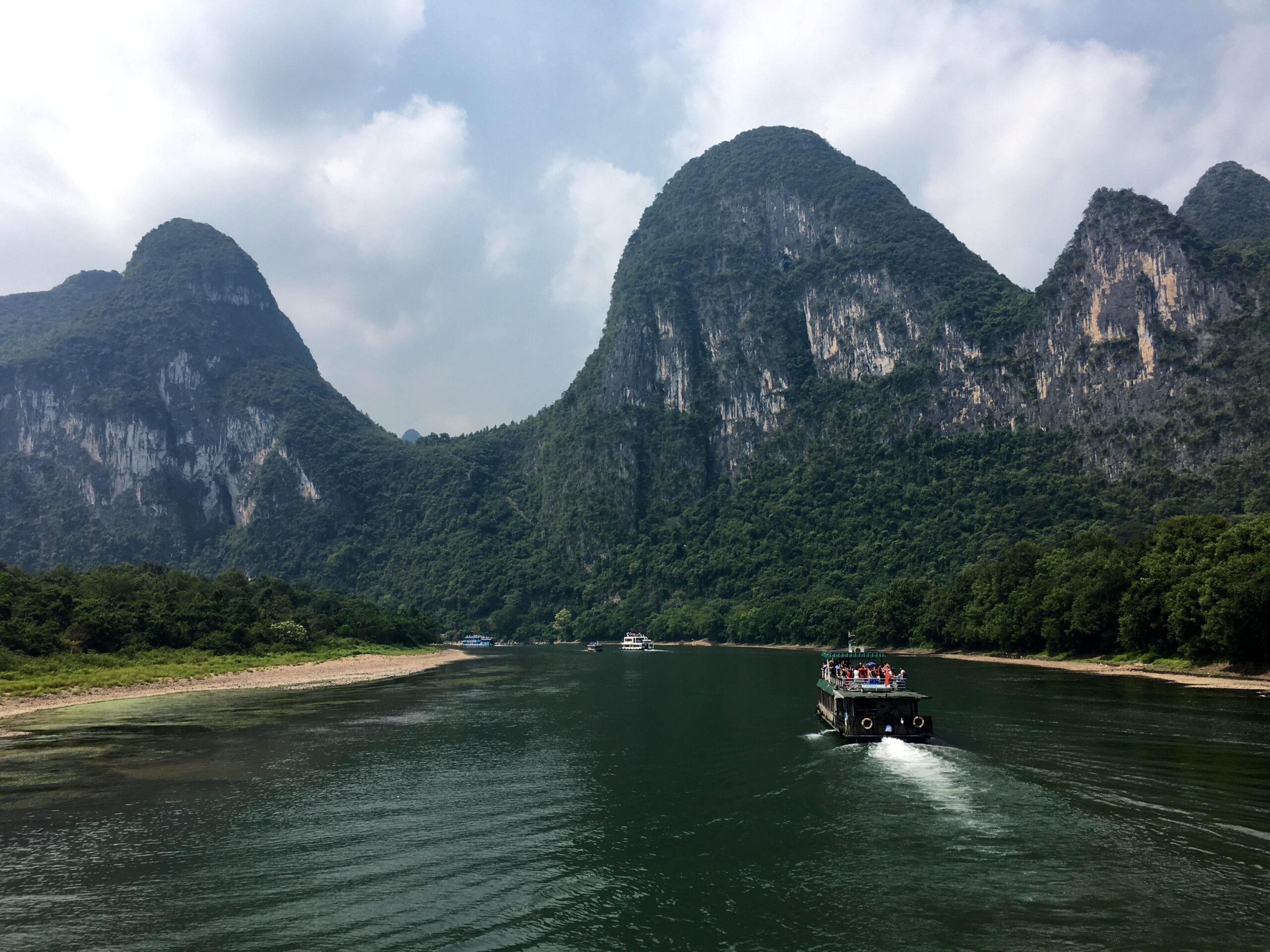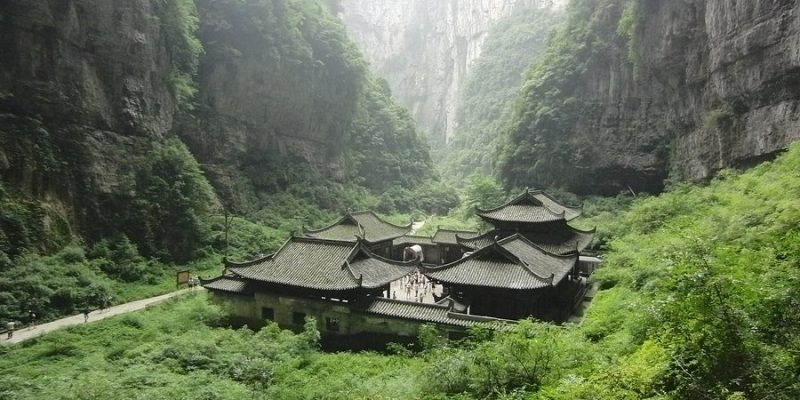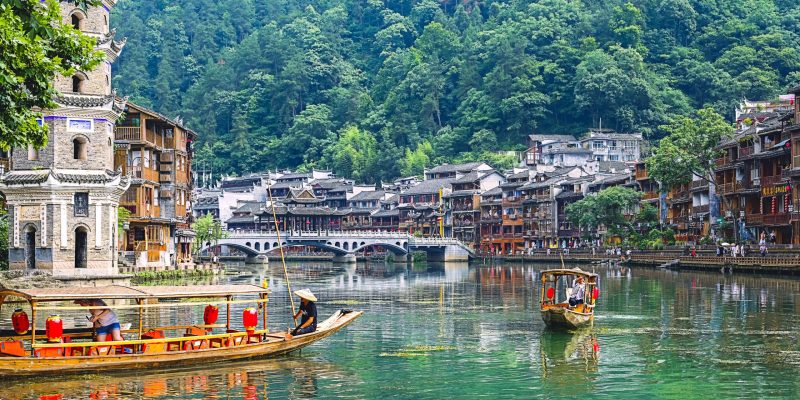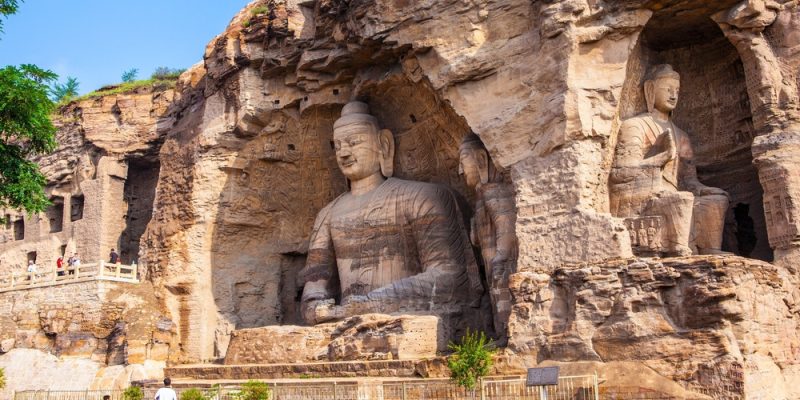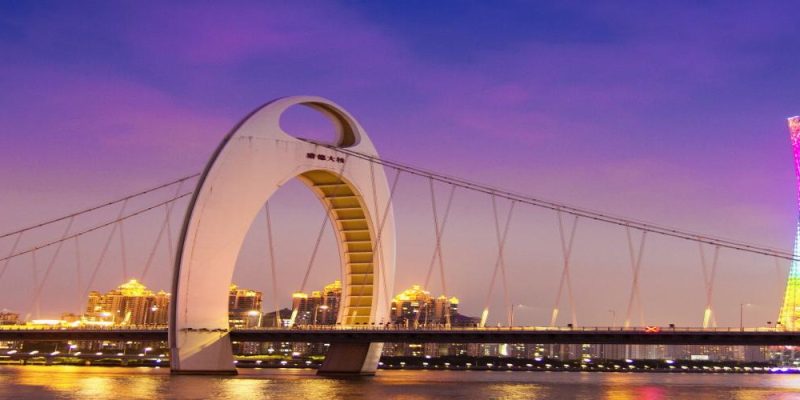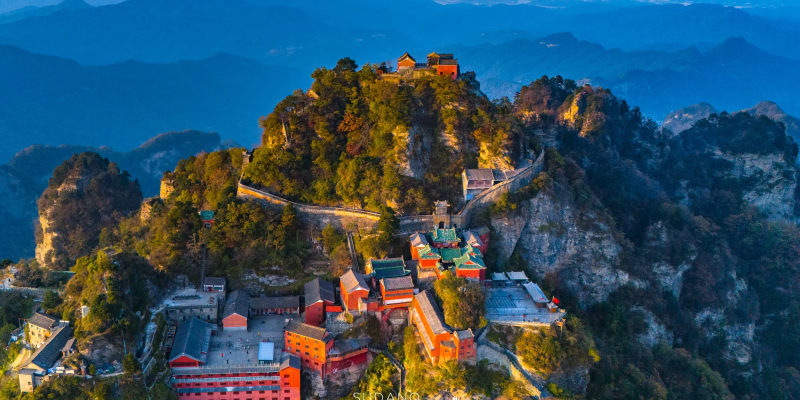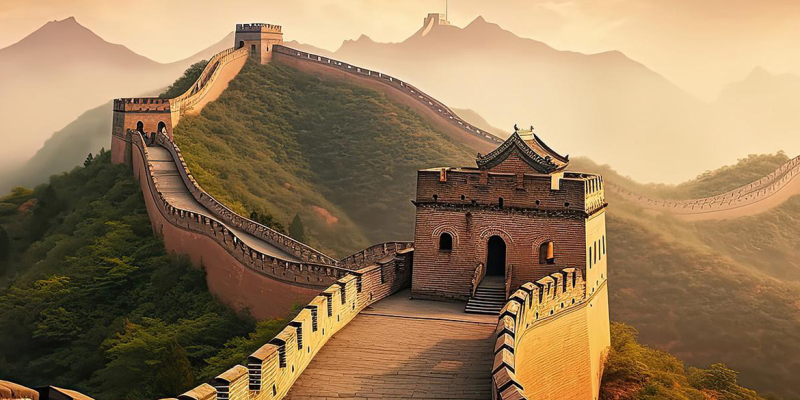Day 1 Datong Arrival → City Tour: Yungang Grottoes + Nine Dragon Screen Wall + Huayan Temple
When you land at Datong Yungang Airport or pull into Datong South Railway Station, you’ll be welcomed by a friendly local guide.
Get ready for a scenic 50-minute ride to the Yungang Grottoes. It’s a UNESCO World Heritage site that’s been around since the 5th century. Imagine 254 caves filled with over 5,100 stunning Buddha statues. There’s a really big Buddha that’s as tall as a three-story building, and then there are itsy-bitsy ones that could fit in the palm of your hand. After that, it’s back to Datong city for some more exploration. You’ll check out the Nine Dragon Screen Wall, which is like a giant, colorful mosaic made of tiles. It’s the biggest and oldest one of its kind in China. Then, you’ll head over to the Huayan Temple, which is not just any temple—it’s the largest and best-preserved one from the Liao Dynasty, built by the Khitan people. It faces east instead of the usual south because the Khitan, they were all about the sun.
- Datong
- L
Day 2 Hanging Temple → Yingxian Wooden Pagoda → Bullet Train to Pingyao
Start your day with a tasty breakfast, then we’re off to the Hanging Temple, which is about an 80-kilometer drive that’ll take us around 1.5 hours. This place is a real throwback, built way back in 491 during the Northern Wei Dynasty, so it’s been around for over 1,500 years. It’s like a masterpiece chiseled into the side of Hengshan Mountain. With 40 rooms hanging out over a deep canyon, it’s a sight to behold. You’ll be amazed at how the ancient builders managed to create this place. Besides, it’s the only temple where you can find Buddhism, Taoism, and Confucianism all in one place.
Once you’ve had your fill of the Hanging Temple, it’s a one-hour drive to the Yingxian Wooden Pagoda, or Sakyamuni Pagoda. This pagoda was built in 1056 during the Liao Dynasty and it’s a whopping 67.31 meters tall, making it the oldest and tallest wooden building in the world. It was built without a single nail, screw, or bolt. Inside, there’s an 11-meter-tall statue of Sakyamuni and two of Sakyamuni’s tooth relics.
After our temple and pagoda adventures, it’s time to head to the train station for a high-speed train ride to Pingyao, which will take about 3 hours. Once you get there, a local guide will be waiting to take you to your hotel and help you check in. Then, you’re free to explore the ancient city of Pingyao at your own pace.
- Pingyao
- B/L
Day 3 Pingyao Ancient City Tour: Ancient City Wall of Pingyao → Rishengchang Former Bank → Ming and Qing Street → Temple of City God → Shuanglin Temple
After breakfast, your guide will meet you and kick off the adventure in Pingyao Ancient City. Listed on UNESCO World Cultural Heritage Site, Pingyao Ancient City is one of the best-preserved ancient cities in China. Imagine walking through a city that’s been around for over 2700 years! The walls, the courtyards, the temples—all of it gives you a glimpse into how people lived between 1368 and 1911 during the Ming and Qing Dynasties. We’ll begin our journey by climbing up to the Ancient City Wall of Pingyao. From up there, you can get a bird’s-eye view of the whole city layout. Then, we’ll head to the Rishengchang Former Bank, where you can see what banking was like way back when. Next, we’ll take a leisurely stroll down the traditional Ming and Qing Street. This is a charming, cobblestone road lined with old buildings. It’s like stepping into a history book where you can almost hear the echoes of the old marketplace. After that, we’ll visit the Temple of City God. This place is a treasure trove of beautiful wood carvings, paintings, and sculptures. It’s like a mini art gallery from the past. Hereafter, take a quick 15-minute drive to Shuanglin Temple. Here, you’ll be amazed by the vast collection of clay figures and wooden sculptures depicting all sorts of gods, goddesses, and saints.
- Pingyao
- B/L
Day 4 Zhangbi Ancient Castle → Wang's Family Compound → Pingyao Departure
After breakfast, drive for about an hour to Zhangbi Ancient Castle. This isn’t a ordinary castle; it’s a network of tunnels that were dug out over 1380 years ago as a secret hideout during wars. It’s like a giant underground maze, and you’ll be blown away by the incredible engineering skills of the ancient people who built it. Next , you’re off to Wang’s Family Compound, which is like a living museum of traditional Chinese architecture. Some people even call it the “Forbidden City in Folk” because it’s a massive complex with five lanes, six forts, 231 courtyards, and 2,078 rooms, all spread over an area of 250,000 square meters. It’s like stepping into a mini city from the past.
After lunch, your local guide will send you to the airport or railway station as per your schedule.
- /
- B/L























